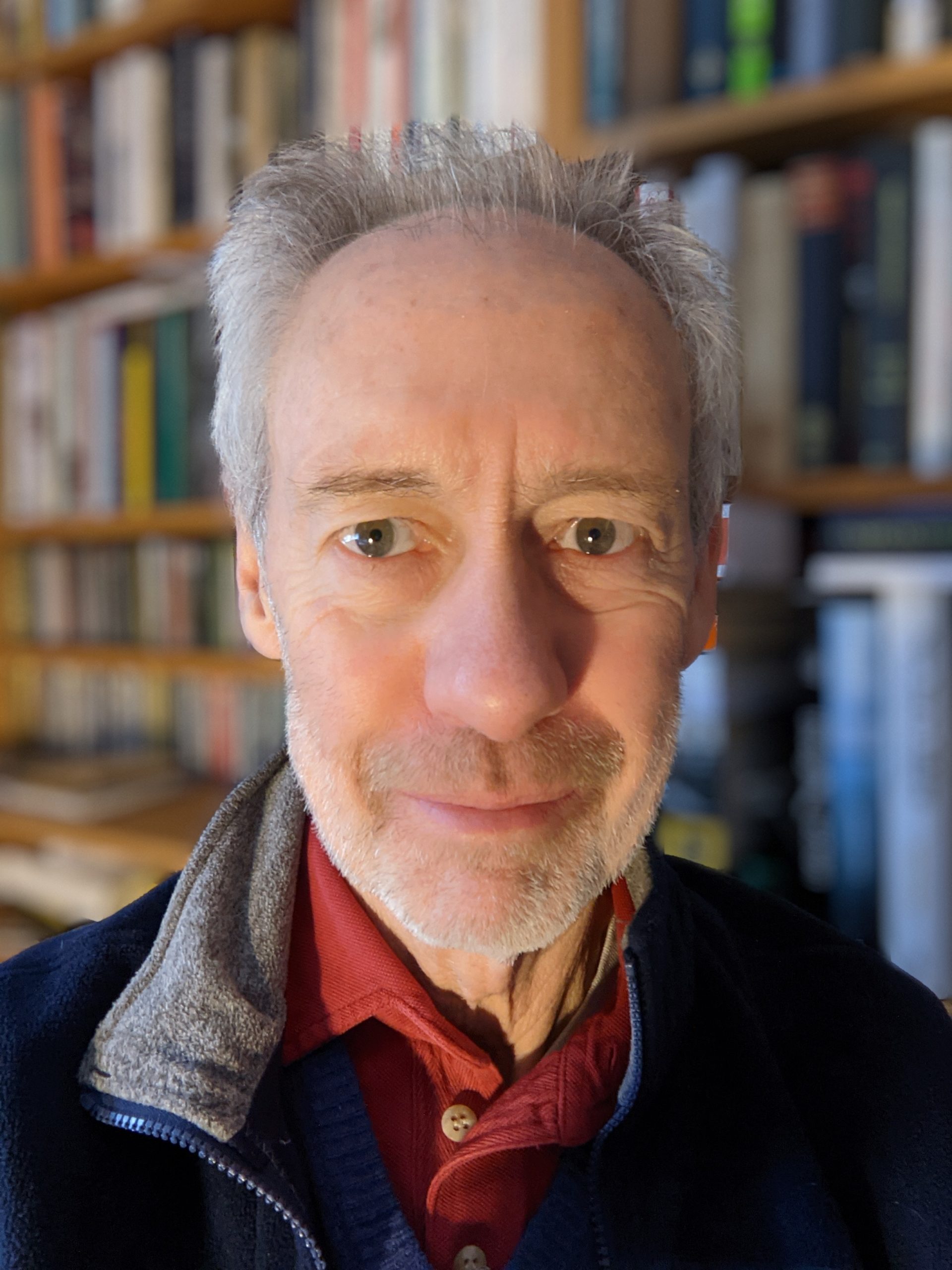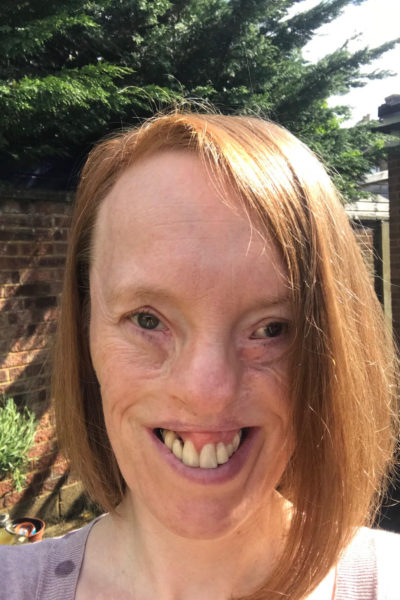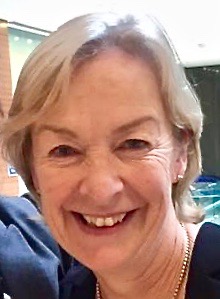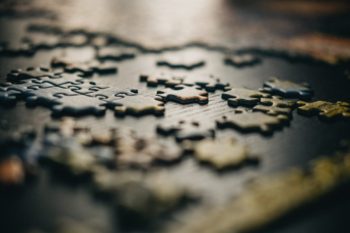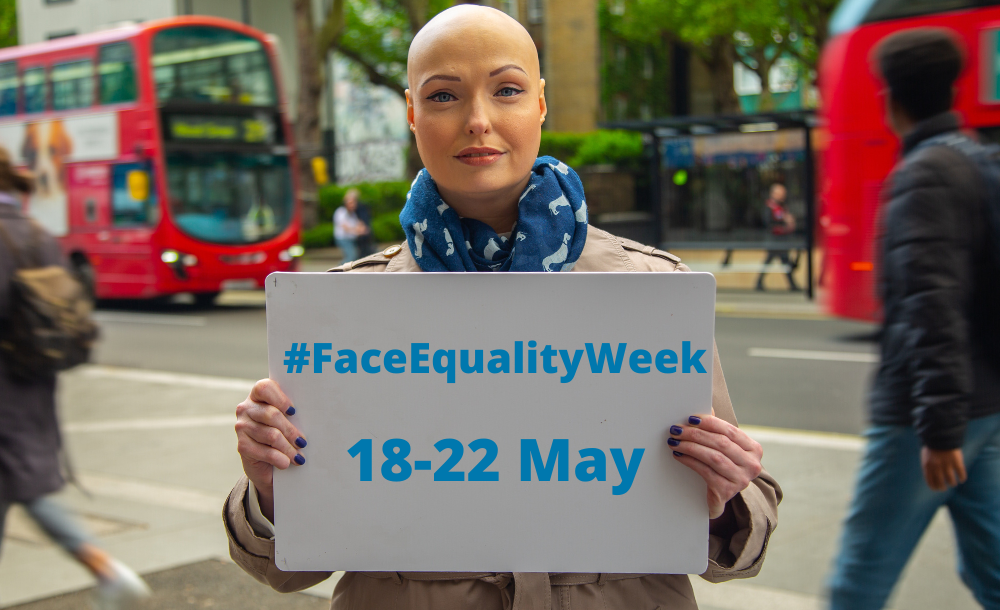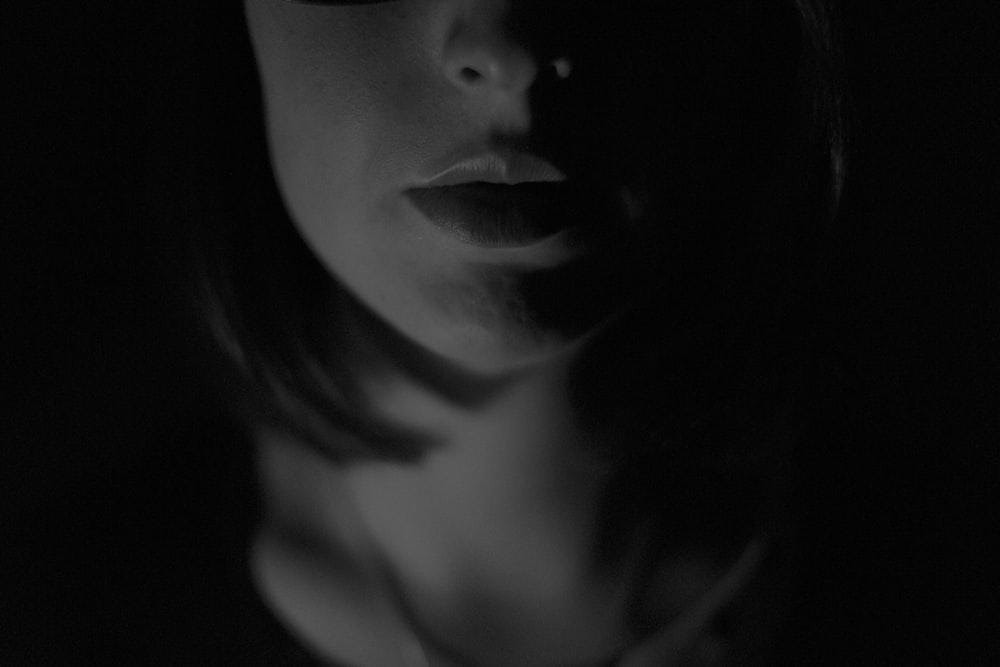The Author
Patrick Adamson

Our next Face Equality Week blog is on Moebius Syndrome and face equality. It is written by Jonathan Cole, a professor at the University of Bournemouth and a consultant in clinical neurophysiology at Poole Hospital. In addition to empirical neuroscience research he believes the first person experience of impairment is essential. In this regard he has written several books, on living with severe sensory loss, with spinal cord injury and with facial disfigurement. His account of Moebius Syndrome, (The Invisible Smile, OUP), was written with Henrietta Spalding, who has the condition herself.
Moebius Syndrome and Face Equality
One of the most extraordinary things about our species is that our faces all look different, (barring identical twins); the face is a unique identifier. Whilst we accept differences within certain constraints, and indeed celebrate them, if people have differences beyond the norm or the accepted, then terms such as disfigurement appear, and people can be stigmatised. (Disfigurement being the preferred term amongst many with such visible differences). The purpose of those of us working in this area is to reduce such stigma, and to value different people and their faces, hence facial equality.
Our faces have evolved not solely to look different, but are less hairy and more mobile than other primates, to be more visible and to reflect and express our more complex emotional experience. Facial expression is so much a given, so taken for granted, that we have tended not to focus on it as an important aspect of being human, compared say with language, cognition or ever the opposable thumb. Yet it can be the cause for judgements just as damning and ill-considered as those seen in disfigurement. Some with Parkinson’s find facial mobility is reduced and can be considered to have become ‘dull and boring.’ There is, however, at least one condition in which facial mobility is absent from birth and whose experiences allow insights into facial expression which might otherwise be unobtainable and indeed unimaginable.
In Moebius Sequence or Syndrome the nerves controlling movement of the eyes outwards and of movement of the muscles of facial expression do not develop, so from birth children with the condition cannot suck, or close their mouths or their eyes. Other more variable features may include other problems with cranial nerve function leading to difficulties in movement of the tongue and swallowing, as well as abnormalities in development of the hands and feet.
Initial care may focus on feeding and then, later, on eye care and dentition. People with Moebius may require surgery to their eye lids, to their feet and hands as well as needing speech and language therapy to learn to talk without lip movement. Some are astonishingly good at this. The everyday practicalities of living without lip or eye movement, as well as many other difficulties are life-long. One person with Moebius described their body as like a ‘rusty old car,’ needing continuing medical attention.
As well as these physical difficulties, people with Moebius also have to face psychosocial problems, some arising from their condition but others imposed by others. An example of the latter is that in the past children with Moebius were thought to have an increased incidence of autism and of learning difficulties. More recent research has not confirmed this. Instead it is suggested that children with Moebius, without facial expression and frequently with eye problems and gaze palsies, as well as with difficulties in speech, have been considered autistic – the judgement of which depends, in turn, to an extent on mutual eye gaze and social success – because of their physical limitations, a sort of somatic straight-jacket. Likewise, learning difficulties faded away once people with Moebius, who unsurprisingly can have learning delays, were allowed sufficient time to perform the tests and see the questions, and properly aged and development matched. Even medical professionals have, in the past, seen physical differences and presumed illusory intellectual deficits.
Moebius is rare, so few health care professionals will meet a case. Because of this, mutual support across the community becomes more important. Organisations such as the US Moebius Support Foundation facilitate support and knowledge between and with differing age groups. Many with Moebius thrive socially, especially with good family and friends’ support, just like the rest of us. But, like the rest of us too, some do find social interaction problematic and increased rates of depression and reduced educational and work success have been reported. Children with Moebius and their parents seeking advice and support are often at the forefront of concerns, but then those children grow up. While some ages are always difficult, say adolescence, for people with Moebius, early adulthood, watching friends start families when they might not be, can be additionally problematic. When considering facial equality, age related phases of life should not be forgotten.
Some with Moebius, again like the rest of us, develop excellent social skills but a few can find these difficult. A few also describe a childhood with impoverished emotional expression and indeed experience, possibly as a consequence of reduced bodily expression and social reinforcement. It is important to introduce emotional and social experience, by encouraging talking about feelings and by the increased use of gesture and prosody.
Conversing with people with Moebius, one soon learns to tune into conversation without facial expression, with nuances of meaning revealed elsewhere. One person told me of taking her wedding photos into work. Someone said, ‘But you are not smiling.’ Despite working with her for years, they had not realised she lacked a visible facial smile, so successful was she in conveying emotion through other channels.
When considering face equality one might, naturally, focus on appearance, and disfigurement. But those with Moebius and, say, with Bell’s palsy have reduced or asymmetrical movement of the face, while others, such as with Blepharospasm and torticollis, have unwanted movement. Faces have both a static appearance and have evolved to be dynamic reflections and read-outs of emotion. Face equality is about both appearance, and expression and movement. An increased appreciation of the diversity in faces is not only a humane imperative, we can all learn much from those who live with conditions which question our normal assumptions about faces.

